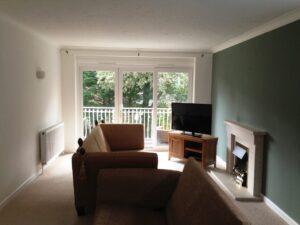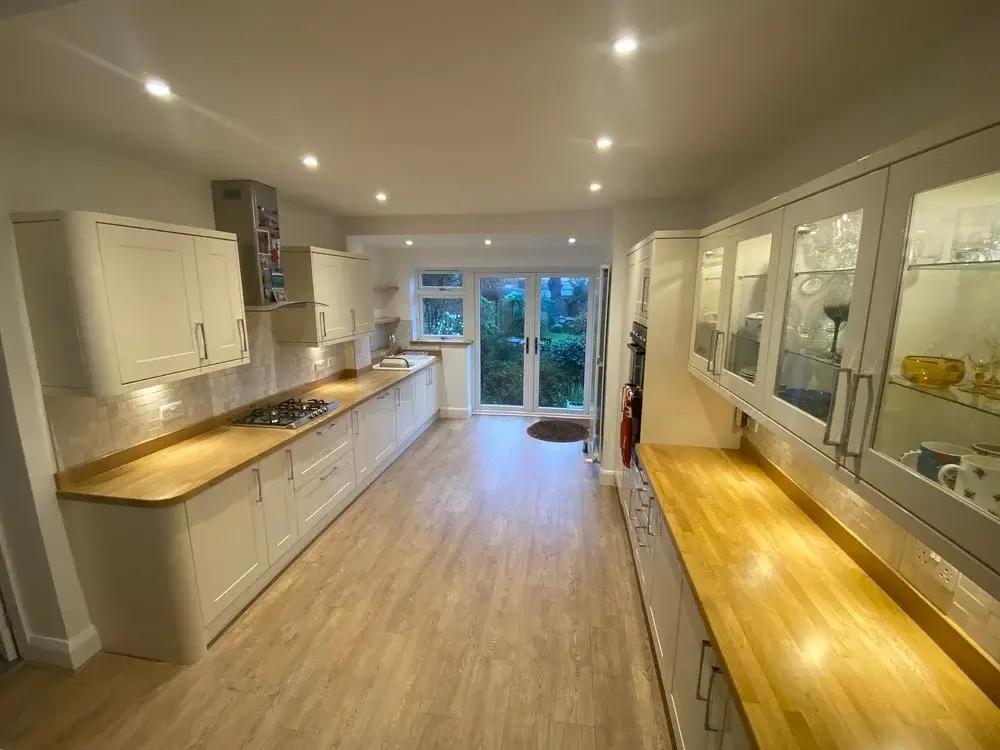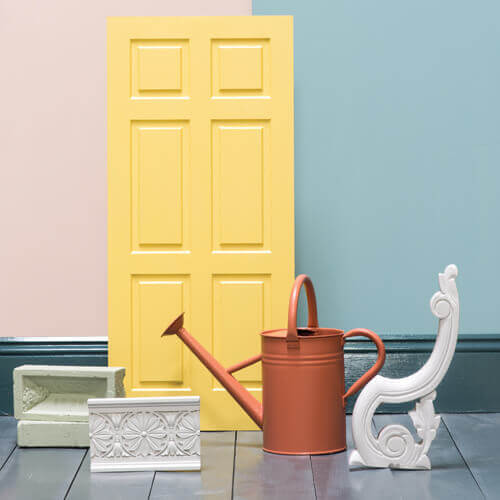
"Effortlessly Transform Your Space with Quick and Easy Decorating Solutions!"
As a professional painter and decorator in Bournemouth, I believe that decorating should not only enhance the beauty of your space but also reflect your personal style. With a commitment to seamless service and attention to detail, I collaborate closely with clients to deliver results that exceed expectations.
Whether you’re looking to create a bold feature wall or give your entire property a fresh new look, my goal is to make the process smooth, stress-free, and enjoyable. Serving Bournemouth, Christchurch, Ringwood, Poole, and surrounding areas, I take pride in transforming spaces with precision, care, and expertise.













